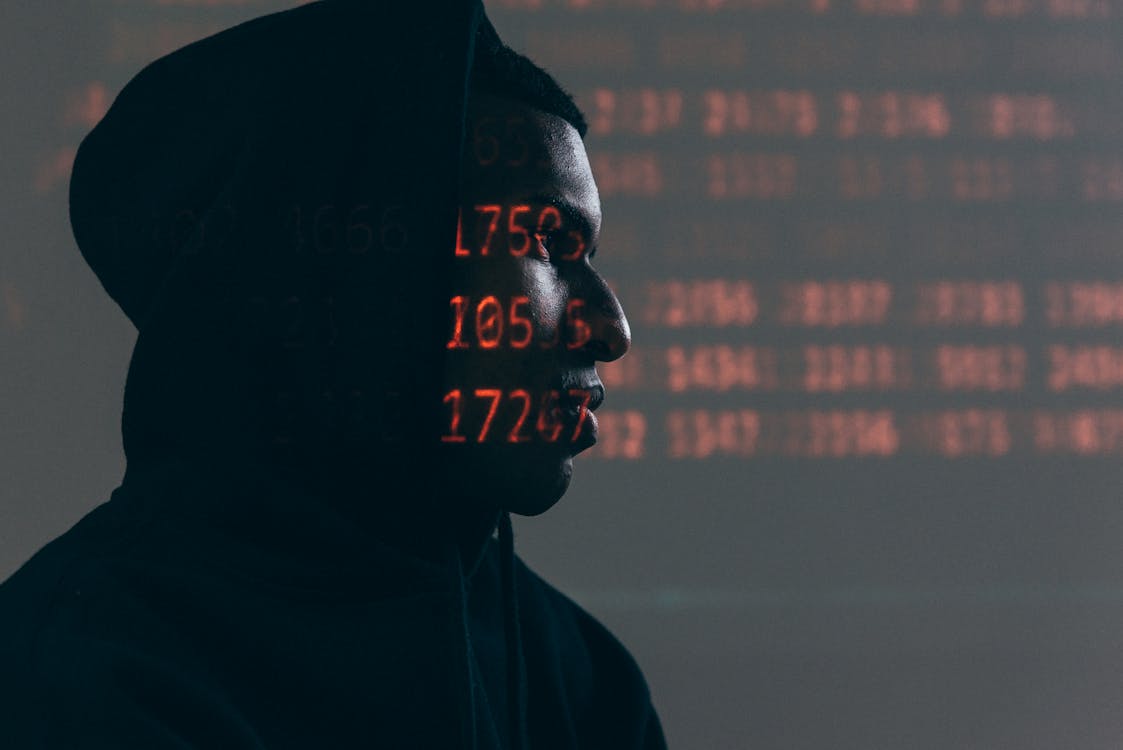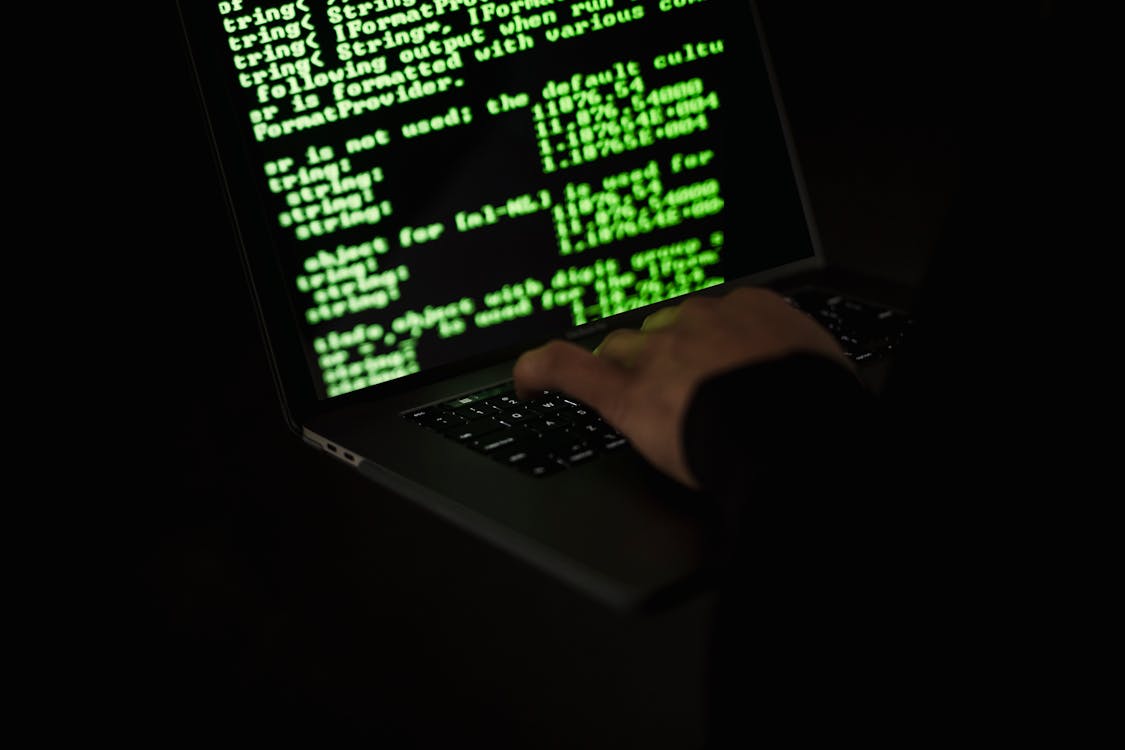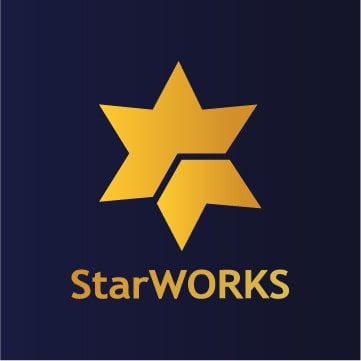Illustration of Ransomware, photo by Tima Miroshnichenko on Pexels
Indeed, ransomware attacks have been a growingly feared threat for organizations in recent years, but the aftermath left on the targeted victims has not been closely identified. On June 20, 2024, Indonesia's National Data Center was involved in a major ransomware attack that paralyzed the operation of crucial government services, exposed sensitive data. It underscored the urgent need to ensure tight cybersecurity in place for services. That kind of incident showed how vulnerable critical infrastructures were to cyber threats and the need to look for innovative solutions for protecting against cyber threats.
The following article will give detailed definitions of ransomware, the impact of an attack on the data center of Indonesia, and how blockchain technology will play a significant role in stopping these types of attacks.
What is Ransomware?
Ransomware is a form of malware that employs encryption, making the data of an individual or organization unavailable until a ransom is fully paid (or maybe they just return it, as is). The essential data of the user or his organization will be encoded so that they have no access to any file, database, or application. It will hold it at ransom to seek payment to be granted access. This ransomware often spread through networks and attacked servers holding databases and files, choking all the work processes at once. It is a growing threat, generating billions of dollars in payments to cyber criminals and inflicting significant damage and expenses for businesses and governmental organizations.
Ransomware Attack at Indonesia’s Pusat Data Nasional (National Data Center)

Illustration of Ransomware Attack at Indonesia’s National Data Center, photo by Mati Mango on Pexels
As we mentioned above, on June 20, 2024, the Indonesian government’s Pusat Data Nasional (National Data Center) was hit by a severe ransomware attack. The attackers, identified as part of the notorious LockBit 3.0 group, managed to infiltrate the system and encrypt critical data. This ransomware attack on the Indonesian Data Center caused significant disruptions to government services, including citizen identification systems and financial operations. The impact was profound, highlighting the vulnerability of even highly secured facilities to sophisticated cyber threats.
How it can Happen?
Most of these attacks start with a single email that is sent as part of a phishing campaign. What the attackers did against the Indonesian Data Center was actually to trick one of its employees into clicking a bad link. Then, inside the network, they would exploit other vulnerabilities and software, for instance, Brain Ciphter, to walk from one end of the system to the other, reaping sensitive data and privileges. Finally, they deployed the LockBit 3.0 ransomware, which would destroy significant files and offer a price for a ransom on cryptocurrency in exchange for the key to decrypt these files.
How Blockchain Can Prevent Ransomware Attack?

Illustration of Blockchain Service, photo by Sora Shimazaki on Pexels
A blockchain is simply a shared, distributed database or ledger among the nodes in a computer network; they are most famous for their crucial role in cryptocurrency systems for maintaining a secure and decentralized record of transactions, but this is not all that blockchains can do. Blockchains in any industry can be used to render the data unchangeable, with the term used being immutable.
Because there is no way to change a block, the only trust needed is when a user or program enters data. This aspect reduces the need for trusted third parties, usually auditors or other humans that add costs and make mistakes.
Since its inception in 2009, the use of blockchain has exploded with the creation of many cryptocurrencies, decentralized finance (DeFi) applications, non-fungible tokens (NFTs), and smart contracts.
Continuing our discussion, blockchain has several compelling features that can take cybersecurity to the next level. Let us delve into these features.
- Data Integrity and Immutability
Most probably, data integrity and immutability are the single most crucial aspect of cybersecurity. This is where blockchain technology excels. Once any kind of transaction is recorded in a blockchain, altering that information becomes virtually impossible, thus giving security to data that is both protected and tamper-proof. This includes medical records, legal documents, and supply chain management. When the data is secured within the blocks of a blockchain, it very quickly turns into an impregnable fortress against any unauthorized changes.
- Decentralization
Traditional centralized systems tend to have single points of failure, making them an attractive target for cybercriminals. By design, blockchain has no single point of failure because it works over a decentralized network. This decentralization beefs up the security of the network and, in general, makes it a challenging target for cyberattackers.
- Safe Transactions
Security in the blockchain is provided through cryptographic measures, which makes it almost impossible for any unauthorized party to tamper with or forge a transaction. This ensures the provision of a very high level of security, especially during financial transactions and other data exchanges that are sensitive. The risk of fraud and unauthorized access is minimized, if not curbed completely when blockchain is used.
- Enhanced Authentication
Blockchain technology will enable secure and decentralized identity verification. Users can control their digital identities to reduce the risk of identity theft or personal data being accessed by unauthorized persons. Today, when the rate of data breaches is so high, the advantage of blockchain is that it has solid user authentication mechanisms.
- Smart Contracts
Smart contracts are self-executing contracts containing pre-determined rules that automatically execute actions when the pre-specified conditions occur. This contract is kept on the blockchain, ensuring transparency and security, in turn providing trust in its contractual agreements. This lowers the need for intermediaries, making the platform more secure and efficient across industries from legal services to supply chain management.
- Privacy and Encryption
Privacy-focused blockchains, such as Monero and Zcash, are centered on the principles of anonymity and encryption. They grant users a high level of privacy protection for their sensitive data from prying eyes. Such blockchains are especially useful to individuals and organizations that need higher data privacy, including financial institutions and government agencies.
Blockchain Real-World Applications
For its outstanding characteristics—decentralization, immutability, transparency, and security—it fits many applications across industry lines in real life. Here are some of the key areas where blockchain is making a huge impact:
- Supply Chain Management
Blockchain makes the supply chain more transparent and traceable. It records every transaction through a shared, decentralized ledger, meaning stakeholders can track the product journey from origin to consumer. It has curtailed fraud, improved inventory management, and ensured the authenticity of goods. For instance, companies such as IBM and Walmart have used blockchain to be able to trace food safety and hence reduce tracing the source of contamination from days to only seconds.
- Healthcare
In the healthcare sector, blockchain may secure the patient's record, make it tamper-proof, and be accessible to authorized persons only. It allows easy sharing of medical data with multiple healthcare providers while keeping privacy and security intact. Blockchain also has applications in managing the pharmaceutical supply chain to avoid the problem of counterfeit drugs. Indeed, projects such as MedRec indicate this new trend in blockchain-based secure and interoperable electronic health records.
- Financial Services
By revamping financial services, the blockchain enables faster and more secure transactions without involving intermediaries. Peer-to-peer transfers are made possible, reducing costs and increasing efficiency. It also supports the execution of smart contracts that will help execute upon conditions precedent in an automated way so as not to contribute too much to fraud and mistakes. Companies at the forefront of this integration with blockchain into their transactions and contract management are Ripple and Ethereum.
- Voting Systems
Blockchain will enhance the integrity of voting systems; it is an open and tamper-evident ledger in which the votes are recorded. It guarantees that every vote is counted accurately and transparently because it cannot be altered or deleted. On top of this, election via this form results in secure, anonymous polls, which in itself dramatically raises the voters' assurance and participation. Estonia has been one such country experimenting with blockchain-based e-voting systems to achieve openness in election processes and security.
- Real Estate
It makes the transfer of real property very simple in the real estate sector since it reduces the need for many intermediaries and makes sure that documents are authentic. It gives a clear, unalterable record of the owner of a particular property, thus reducing fraud and disputes. It also allows for intelligent contracts attached to real estate deals, which means all terms and conditions are automatically enforced. Companies like Propy already use blockchain to automate real estate purchases and title management.
- Intellectual Property
Blockchain secures intellectual property through a safe record of ownership and rights that are bound to it, making it verifiable. Timestamping work on a blockchain verifies the authorship of a creator and prevents any unwarranted use. This is especially useful regarding the intellectual property of digital content—music, art, and literature. Ascribe and MediaChain are examples of platforms that run over blockchains for managing and securing intellectual property rights.
- Energy Sector
Blockchain enables more efficient and secure energy trading. It supports peer-to-peer energy transactions, allowing consumers to buy and sell energy directly from one another. Blockchain also enhances the management of renewable energy certificates and carbon credits. Some projects include Power Ledger and LO3 Energy, which are utilizing blockchain to create decentralized energy markets to promote sustainable energy use.
- Government Services
Governments also use blockchain to enhance transparency and efficiency in public service delivery. It reduces significant state processes, including land registration, identification, and collection of taxes, through bureaucracies and corrupt practices. It ensures transparent transaction processes in the public docket that cannot be tampered with, a feature that increases accountability. Dubai is one of the countries using blockchain for most of the government services to improve efficiency as well as trust.
Our Final Thoughts
Blockchain technology provides significant potential to change the existing paradigms of data security and cybersecurity. Its nature, both decentralized and immutable, ensures a rigid defense system against ransomware threats, thereby keeping its data integral and transparent. Since cyber threats rapidly change, using blockchain within critical infrastructures and across industries will provide proactive and trustworthy solutions for protecting sensitive information. Thus, applying blockchain technologies will be the best mechanism for developing a more secure and resilient digital future.
If you seek the best blockchain technology benefits, it is all in StarCHAIN—a proprietary blockchain of all kinds with perfected security features and a straightforward integration process. Use StarCHAIN to prevent ransomware attacks and secure your invaluable data. Reach out today to learn how StarCHAIN can fortify your cybersecurity strategy.




